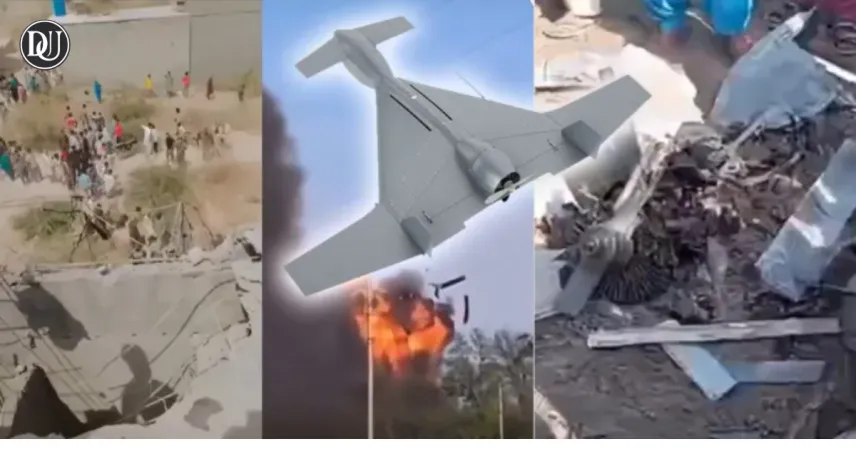In the quiet of the night, while most of the country slept peacefully, something powerful was unfolding behind the scenes. A critical decision was made — to protect, to prevent, and to defend. India launched Operation Sindoor, a high-stakes military action that took direct aim at a threat brewing across the border.
This wasn’t just about retaliation. It was about sending a message: India stands ready, and will not stay silent in the face of provocation.
When Defense Becomes a Duty
Operation Sindoor wasn’t launched on a whim. It was a carefully planned response to growing danger. Aimed at neutralizing key radar systems on foreign soil, this mission was not about conquest — it was about protection.
The operation was executed with surgical precision, avoiding civilian areas and focusing solely on disabling enemy radar infrastructure. This kind of accuracy doesn’t just happen. It’s the result of preparation, discipline, and a deep sense of responsibility.
Technology Meets Bravery
Imagine machines flying silently in the night, carrying the hopes of a billion people. Behind every drone, every missile, every movement, there are real people — our soldiers, our engineers, our strategists — working tirelessly to protect lives.
India used advanced technology for this mission. But even more powerful than the tech was the courage behind it. The courage to act, knowing the risks. The courage to stand tall when it would be easier to stay silent.
More Than Just a Borderline
What happened wasn’t just about military action — it was about reclaiming peace. In today’s world, borders aren’t just drawn on maps. They’re drawn in our hearts, in our fears, and in our need for safety. When those are threatened, the response must be firm and clear.
Operation Sindoor was India’s way of saying, “We will not be cornered. We will protect our people. We will fight for peace.”
For the People, Always
While radars and targets make the headlines, let’s not forget who truly mattered here — the families living in fear, the parents keeping their children close, the elderly watching the sky with worry.
This mission was about them. Their safety. Their right to peace.
And the people behind the mission — our armed forces — deserve more than applause. They deserve our gratitude, for making choices that are tough, so we don’t have to face them ourselves.
Looking Forward: Strength with Compassion
No one wants war. Every Indian wants peace. But peace must be protected. Operation Sindoor was a reminder of that — a show of strength, driven by compassion. A mission to safeguard, not to escalate.
As the nation moves forward, it does so with its head held high — strong, united, and ready to protect what matters most.










